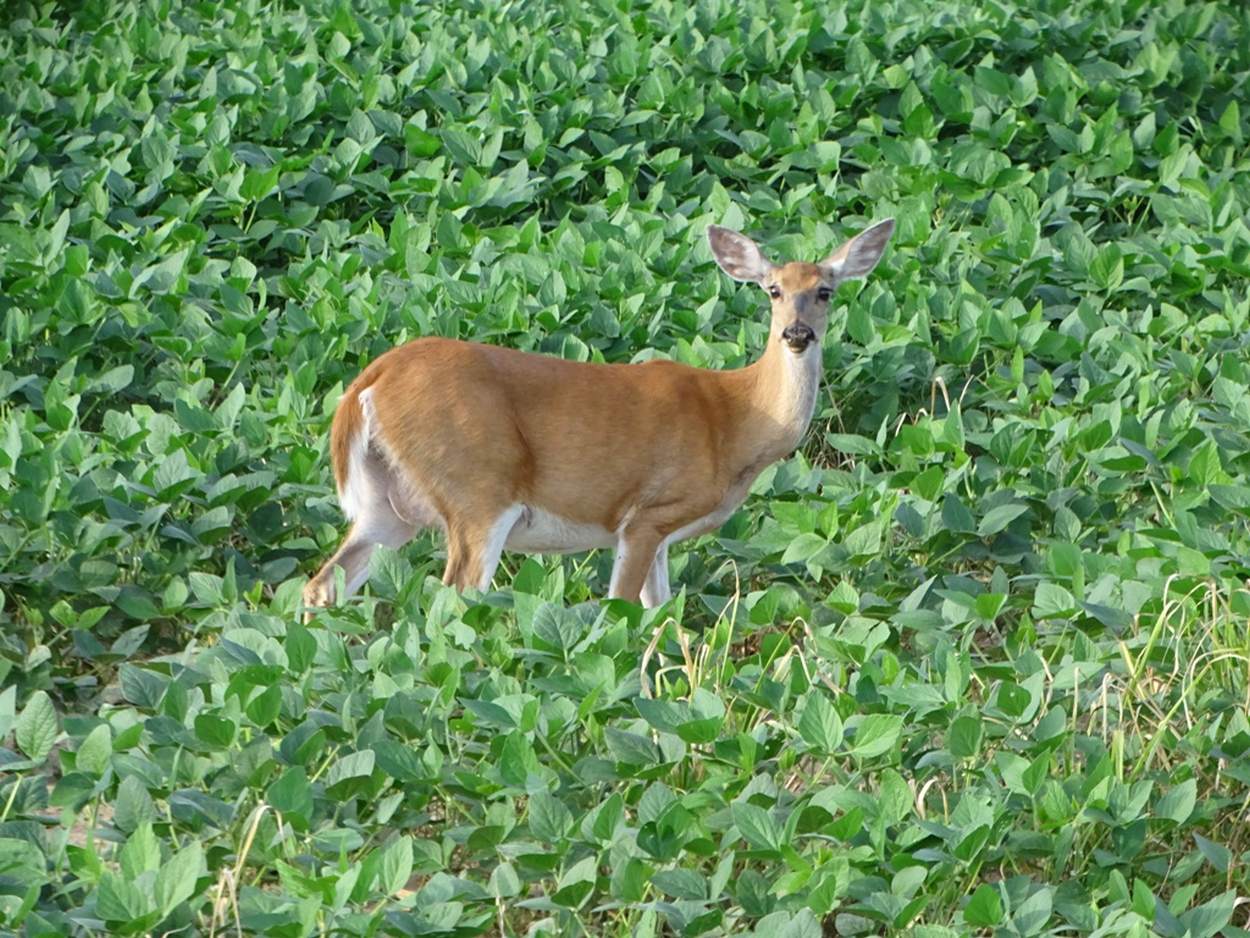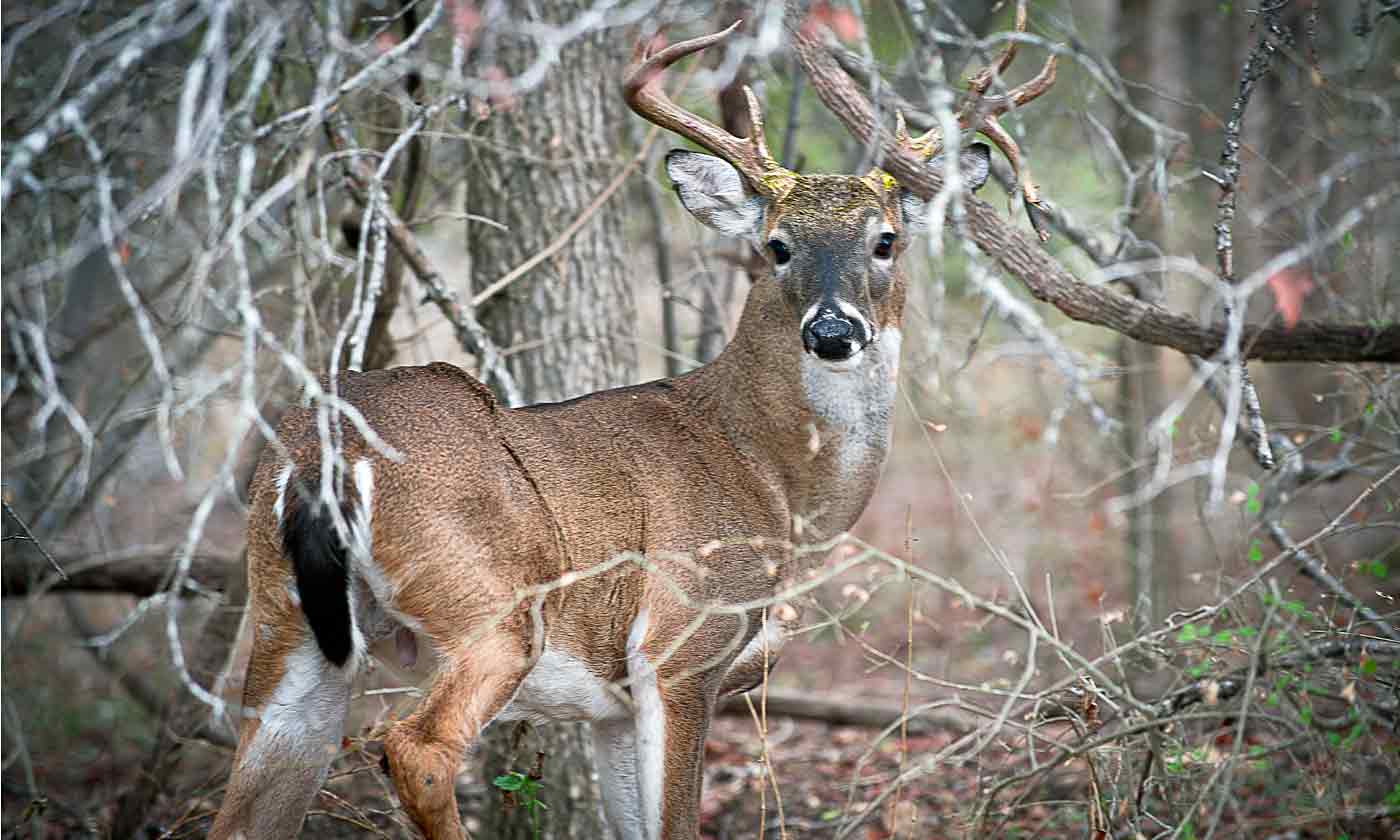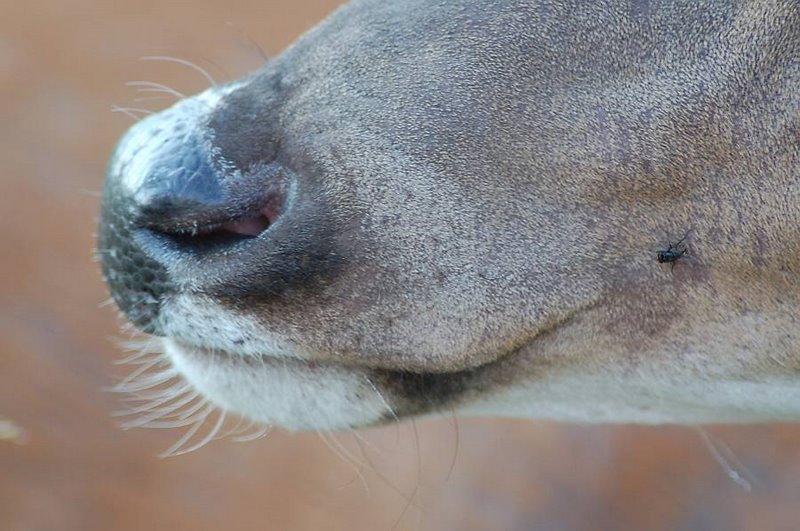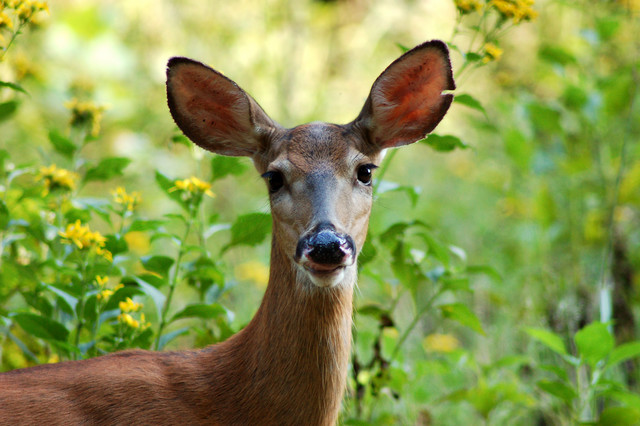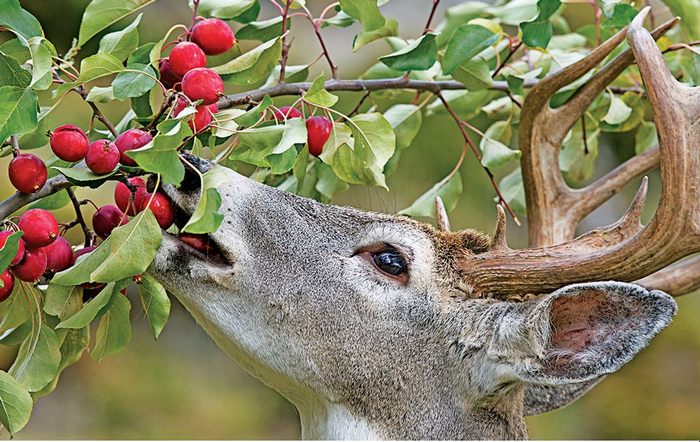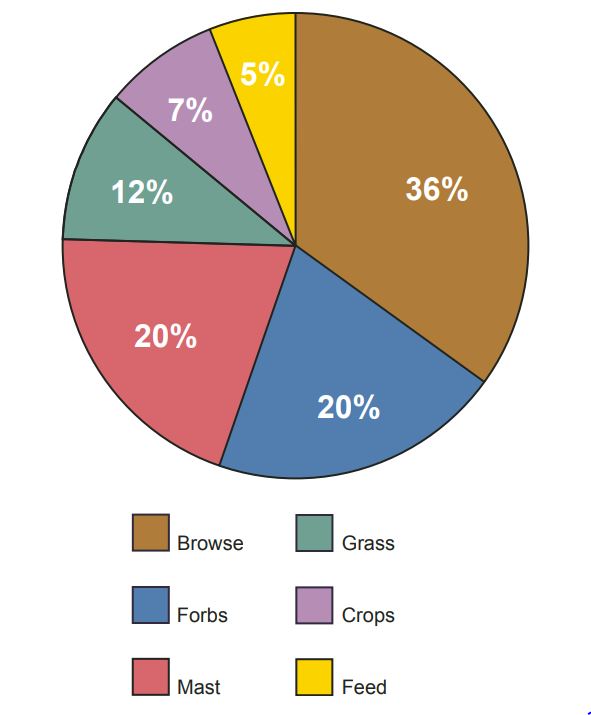A deer hunter never expects to see giant warts or tumor-like growths on a white-tailed deer, but they do occur. Over the years I’ve seen many of photos of both live and harvested deer with “tumors,” although I’ve never seen one while in the field. The technical term for these growths is cutaneous fibroma and it’s caused by a virus. From a deer management perspective, there is not much you can do to keep wild deer from getting fibroma.
What are External Deer Tumors?
First, they are not tumors at all — they’re warts. Cutaneous fibromas are caused by a naturally occurring virus of the deer’s skin. The virus that causes these unsightly warts in deer is believed to be transmitted through biting insects and/or direct contact with damaged skin. Once the virus enters the skin, warts begin to form.
As the warts increase in size, the skin surrounding them is typically hairless and grayish in color. The number of warts on an infected animal can vary from one to several hundred, they can sometimes clump, and can in some cases end up covering much of the deer’s body.
Do Warts Bother Deer?
For the most part, these warts will not cause a white-tailed deer any major problems. However, sometimes the growth of the wart can indirectly cause problems by restricting the consumption of food or the deer’s breathing depending on where the growths are located.
Although death from fibromas in deer can occur, death from warts is not always imminent it seems. There have been many hunter testimonials of white-tailed deer with warts “shaking them off,” so to speak. In those cases, where they really the same deer? I can’t say for sure. I could see a situation where a deer with an isolated wart could recover, so to speak.
Deer Warts, Deer Hunting
From a deer hunter’s perspective warts are quite unsightly. Since fibromasts are a virus of the skin, they will be removed if the deer is skinned. Notice I said IF the deer is skinned. Although the meat of a deer is typically not affected, most hunters that harvest a deer with a large number of warts are hesitant to put the meat in the freezer.
This is understandable and probably the safest thing to do. Some research reported that a buck with external warts also had internal and cancerous fibromasts. Again, if an animal does not appear healthy then use your own, conservative discretion.
The take home message on warts is that they do occur naturally in white-tailed deer across their range. Fibromasts can occur on any deer, healthy or otherwise. With that said, these warts occur rather rarely and there is nothing that can be done from a deer management standpoint to manage against them. Deer are the only host for the virus, so fear not for yourself should you find yourself standing over an infected, wart-covered animal.

